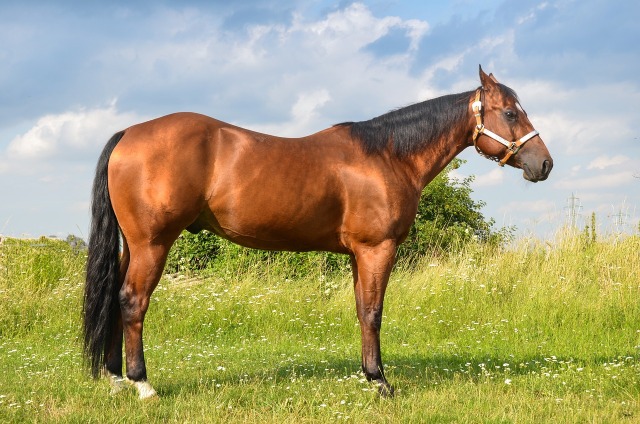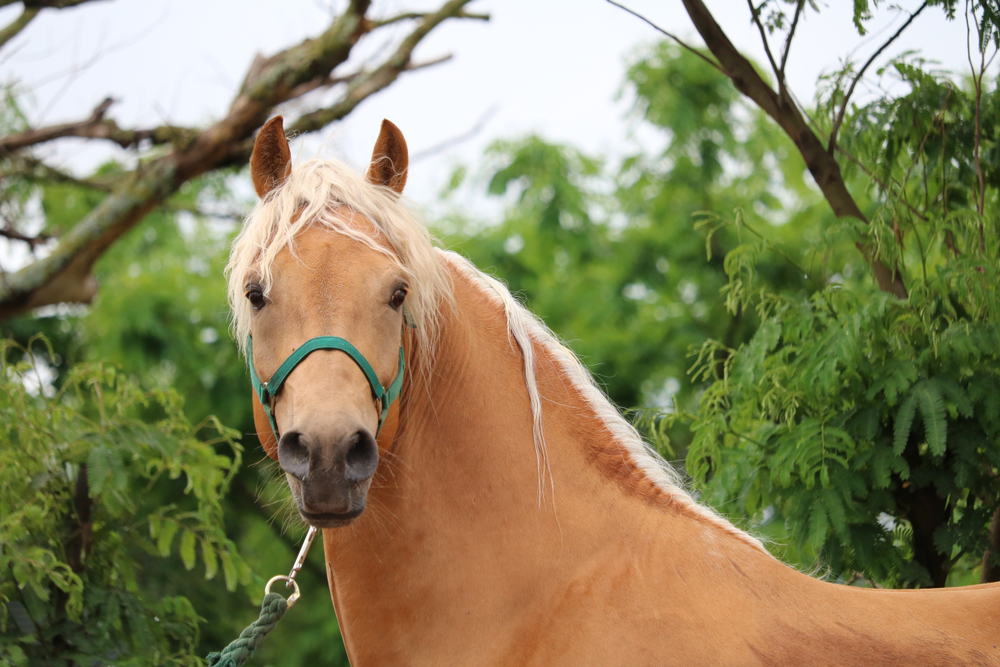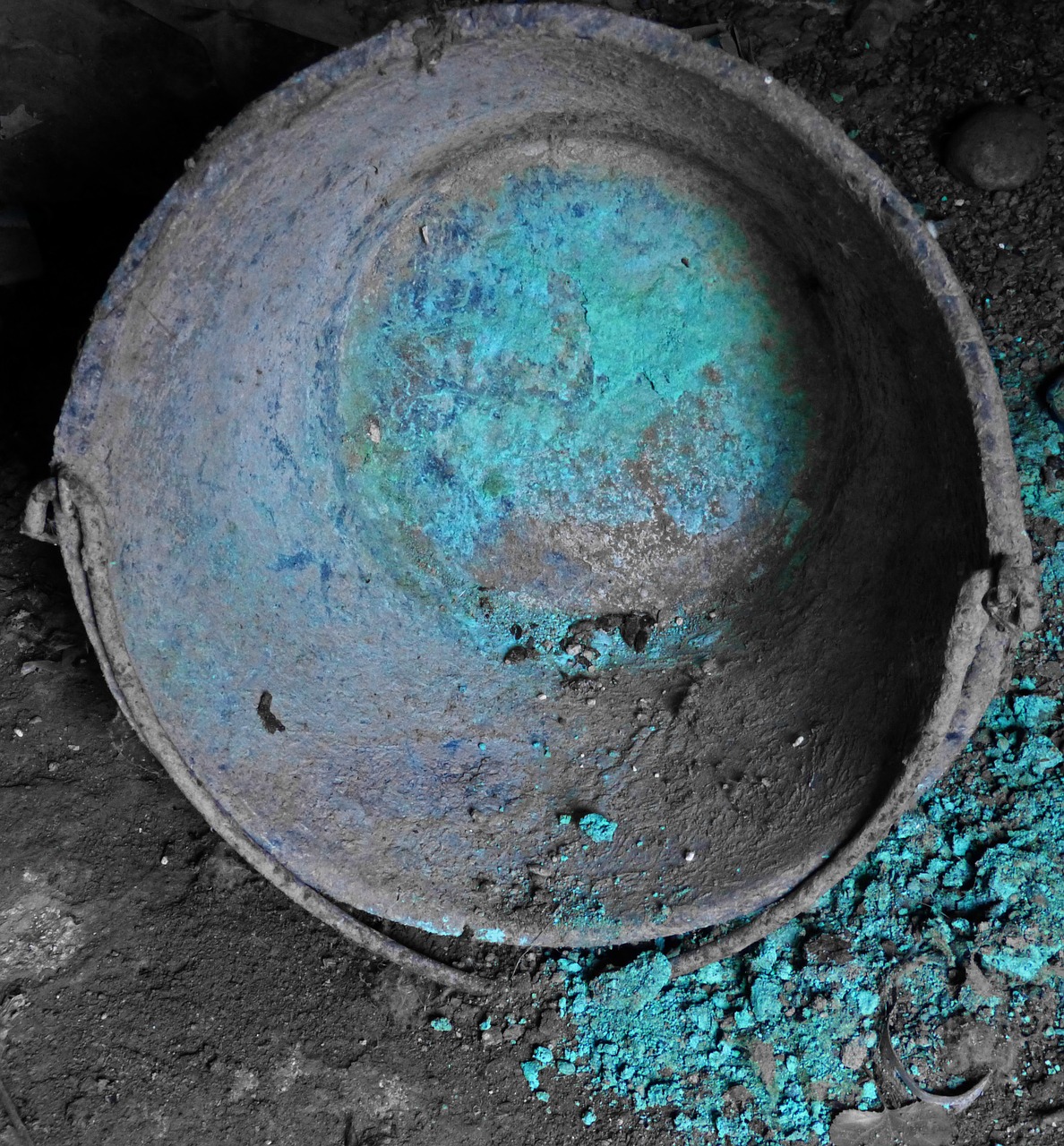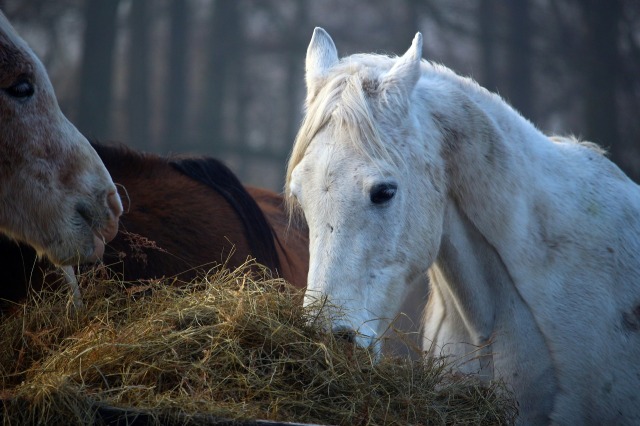Diet is critical to performance so it only makes sense that people look to diet and supplements to enhance it. What is the most common deficiency limiting performance? Is it E and selenium, carbohydrate type, hay type, some critical amino acid or metabolite? None of the above.

The most common deficiency impacting performance is salt.
All of those things are important but the most common deficiency is plain salt. Most horses have some sort of salt block available, even boxed loose salt, but do you pay attention to how much they are ingesting? In cool weather, a horse should go through a standard stall size block in about a month. In hot weather, in two weeks. If working, even less time.
Even a lightly sweating horse will double his sodium requirement with one hour of work. When sweating heavily for an hour, the sodium requirement goes up 500%. Rock bottom requirement to match losses, cool weather, no work, average size horse, is about 1 oz/day.
Every cell in the horse’s body works like a mini battery. It performs its functions by maintaining a gradient between the concentration of sodium outside versus inside the cell. Electrolyte fluxes are involved with everything from absorption of nutrients in the gut to brain, nerve, heart and muscle function. Sodium and chloride are also the major electrolytes in blood and the fluid around cells. Without sufficient sodium, the body tissues cannot hold normal levels of water and the kidney is unable to conserve water. Dehydration rapidly ensues.
The consequences of salt and water depletion begin before you can even tell that the horse is dehydrated by common tests like the skin pinch. Reduced performance is the first sign. Muscle cramping is common. Humans report experiencing nausea (? colic or gut motility changes in a horse). This is followed by more obvious exercise intolerance and “hitting the wall”.
The horse has a sensitive hormonal system that “reads” osmolality/sodium concentration in the blood and tells the horse to eat salt and drink water when needed. Before that even happens, urine production slows down.
This works well to preserve blood volume but it is at the expense of fluid and sodium surrounding the cells if the horse does not have access to, and consume, enough salt. Because blood volume and sodium is normal, the drives for salt and water are not triggered so the tissues stay dehydrated.
There is a fairly large amount of sodium in equine bone but we don’t know how available that is to the rest of the body. You should do your best to replace salt losses as they occur and never, ever restrict access to water after exercise.
Figure one ounce of salt for each hour of light sweating, up to 5 ounces for an hour of drenching sweat. These must be replaced during or after exercise. Anything give farther out than 30 minutes before exercise will end up in the urine.
Salt can be divided between meals, post exercise water (always with plain water available as well) and sprinkled onto moistened hay. The other major electrolyte in sweat is potassium but this is present at the lowest concentration and pasture or hay typically contains anywhere from 2 to 4 times the potassium the horse needs.
There are many possible explanations for poor performance and your nutritionist can help you with a check list but remember the first thing on that list should be salt.
Eleanor Kellon, VMD






